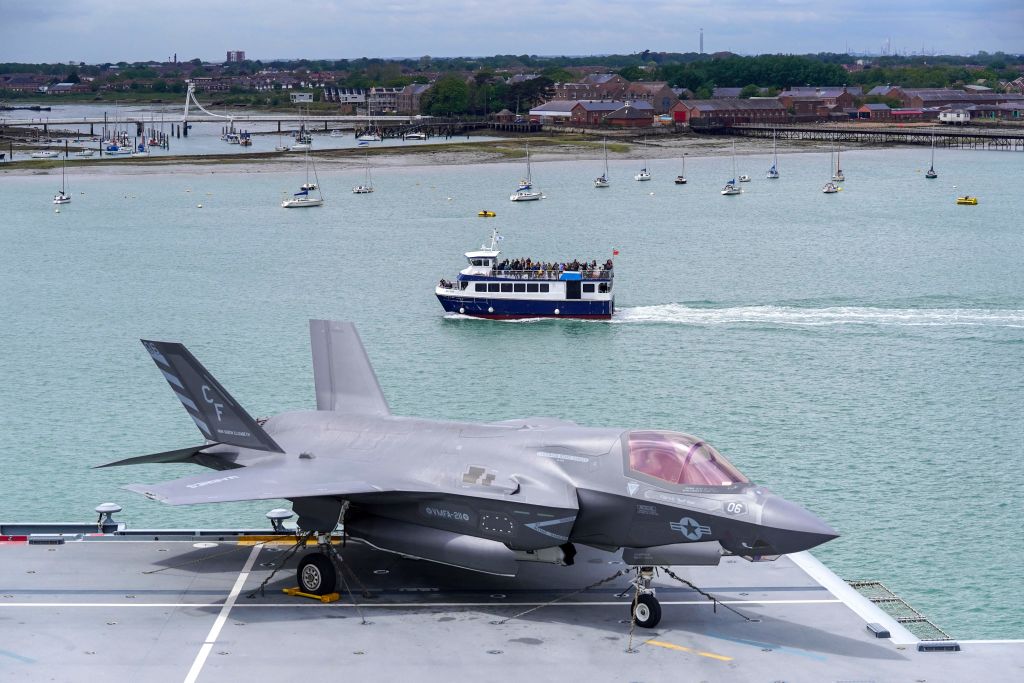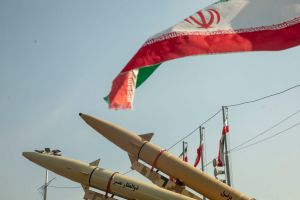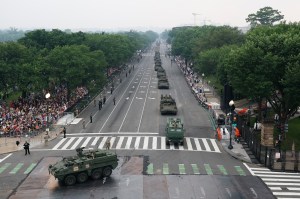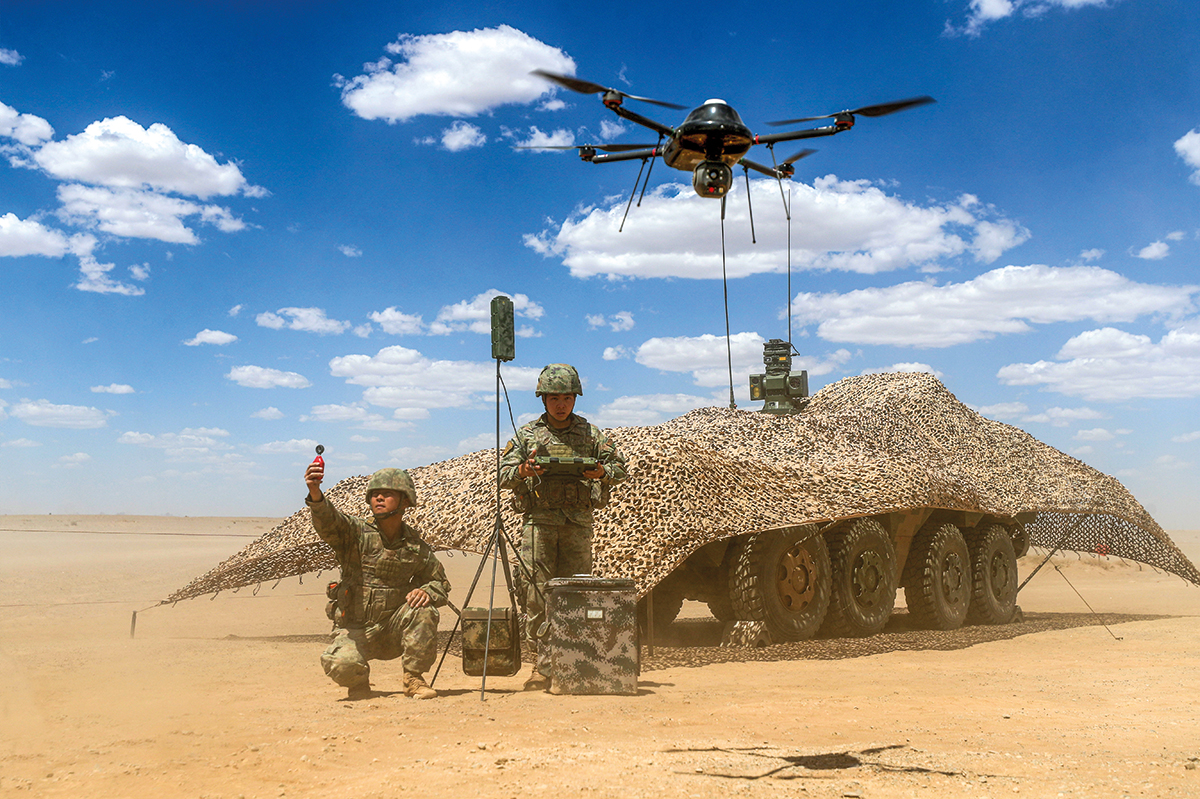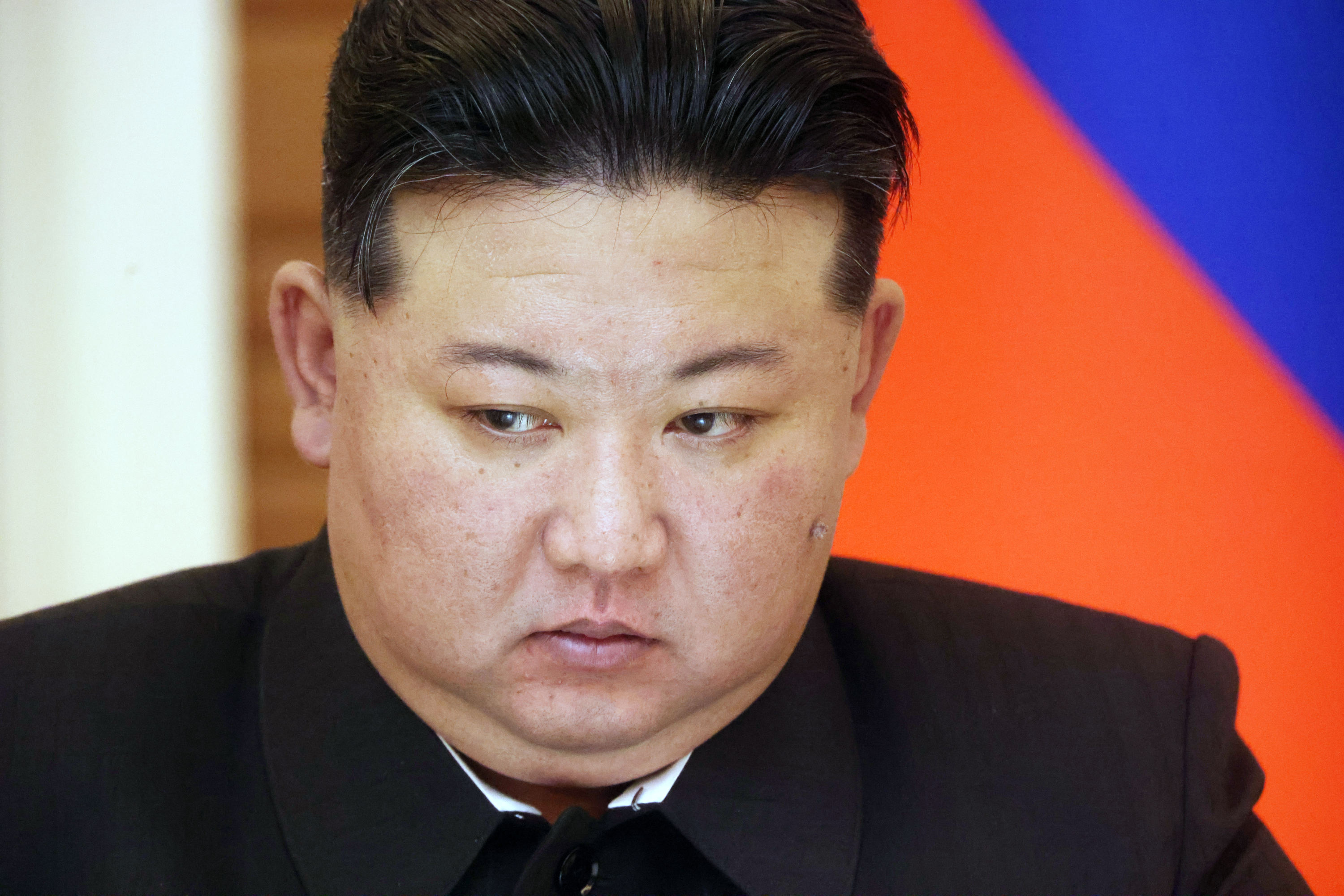This week’s Nato summit communiqué was predictably replete with bombast about the ever growing threat of Russian aggression — along with tentative references to the ‘challenges’ of China’s ‘growing influence’.
More cheerfully, it greeted the news that ’24 allies are spending over 20 percent of their defense expenditures on major equipment’, with confident hopes that newcomers would join this exclusive club in the near future. Given that for seven European Nato members the principal item of ‘major equipment’ in question is Lockheed’s F-35 fighter, this is good news for the Lockheed Corporation, but not such glad tidings for countries contracted to buy the plane, who find their armed forces steadily reduced to a state of emasculated beggary as a result.
Britain, Italy, Norway, Belgium, the Netherlands, Poland and Denmark have ordered 297 F-35s, for a combined total purchase price of $35.4 billion, with many, many, more billions to pay to in maintenance costs (much of them to Lockheed) while the planes are in service.
Twenty years in development, the plane has yet to be certified by the Pentagon’s own testing office, which recently reported that it suffers from no less than ‘871 unresolved deficiencies’, 10 of them serious enough to court ‘death’ and other equally undesirable drawbacks. ‘This is a totally flawed aircraft,” says Dan Grazier of Washington’s Project on Government Oversight, an expert scrutineer of the program. ‘We have created a monster,’ said Trump’s last defense secretary Christopher Miller of the program. ‘It’s a piece of…’ He left the last word unspoken, but obvious. It seems like an accurate assessment. Tests so far reveal that its gun can’t shoot straight; it cannot take off within 25 miles of a thunderstorm, or even in severe cross-winds; its complexity-driven unreliability mean it flies on average once every three days, (a serious impediment to pilot training as well as timely appearance over the battlefield) and the afterburner has a tendency to melt the tail at supersonic speeds.
I asked Pierre Sprey, co-designer of the wildly successful F-16, which the F-35 is slated to replace in most Nato air forces, what all this means for the buyers. ‘Every F-35 they buy weakens the total air power they can deliver,’ he said firmly, since it is quite evidently less capable than the planes it is replacing. He might have added that it also eats up their defense budgets and gnaws at their COVID-battered economies. Denmark, for example, has contracted for 27 F-35s, which will cost the Danes on the order of $13 billion both in purchase price and running costs over the life of their little force, some two and a half times the country’s annual defense budget.
The Italians, on the hook for 90 planes, have already been finding the strain too much. According to La Stampa, Lockheed halted deliveries for a time in 2018 because Italy owed €500 million ($606 million) for planes that had already been handed over.
Meanwhile the feckless British, locked into the program as a ‘Tier One Partner’ endowed with extensive sub-contract work, have subsumed their entire naval budget and force planning to the F-35, since the two aircraft carriers around which the Royal Navy is being designed can carry nothing else in the way of combat planes. As it is, since the program is so many years in arrears, the Queen Elizabeth carrier has sailed off to confront the challenging Chinese bereft of its full complement of F-35s and has therefore had to make do with a loaner force of planes and pilots from the US Marines. Only the Turks have been lucky enough to escape. They were summarily booted out of the program for having had the effrontery to also buy a Russian air defense weapon system, the S-400, such customer disloyalty being deemed unacceptable by Nato’s Washington overlords.
It is hard to explain the lemming-like submission of European defense chiefs to indentured servitude in the face of overwhelming proof (now ever-more widely admitted in the Pentagon and Congress) that the whole program is a disaster. A generation ago, well-documented evidence emerged that enormous bribes had been used to sell another Lockheed fighter, the lethal (to pilots) F-104 to various Nato air forces. Of course, such unsavory dealings could never happen today, so the underlying cause of this fiasco must lie elsewhere. At least Vladimir Putin should sleep better.



